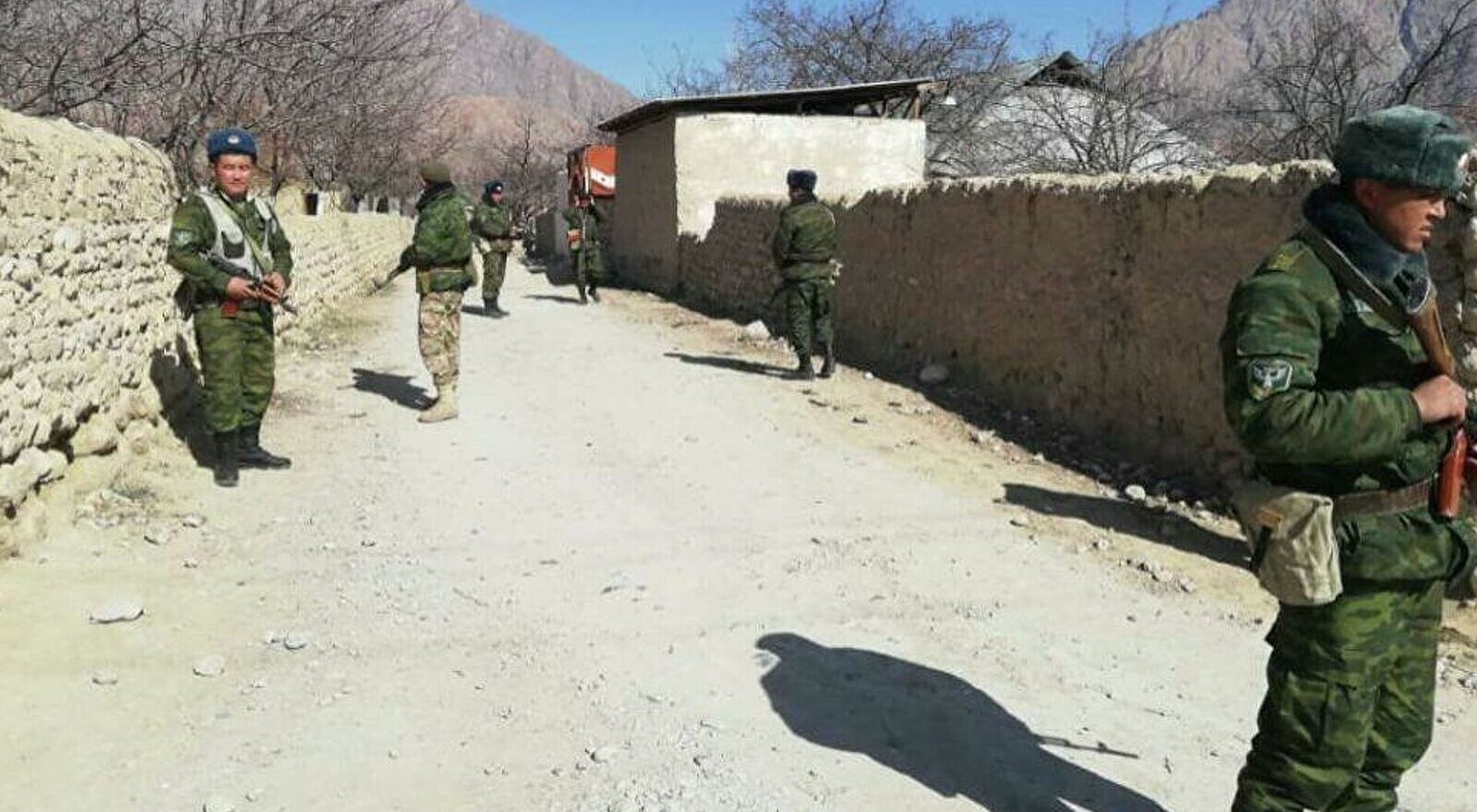Eric McGlinchey, PhD, is Associate Professor of Politics and Government at George Mason University.
In late April, 2021, deadly cross-border violence resulted in the deaths of 36 Kyrgyz and 19 Tajik citizens. To say that the Kyrgyz-Tajik border is complicated would be an understatement. The Soviet collapse in 1991 transformed internal and often overlooked administrative boundaries into suddenly salient and internationally recognized state borders. Villages, farmland, pasture, and infrastructure once shared with little afterthought during the Soviet period today straddle sovereign nations. Exclaves make cross-border travel, commerce, and politics even more complicated. Three Uzbek and two Tajik exclaves are within Kyrgyzstan and some of the worst violence during the April 2021 conflict occurred along the road that leads to the Tajik exclave, Vorukh.
Although the Tajik-Kyrgyz border has seen past episodes of conflict, the April 2021 violence is unusual both in its scale and in the protracted hostility that continued in the weeks following the violence. Cross-border trade ground to a halt as Tajik and Kyrgyz-licensed trucks were denied return to their respective home countries. Tajik air passengers were turned back at Kyrgyzstan’s Manas international airport. And local Tajik authorities intimidated ethnic Kyrgyz living in Tajikistan, warning them that holding dual passports was illegal and that a choice had to be made “between the two citizenships.”
Although the scale and the aftereffects of the April violence is now clear, the drivers of this deadly conflict remain difficult to disentangle. In part the violence was the result of water scarcity and the often-intractable challenges that come with attempts to manage common-pool resources. The challenge of managing common pool resources was and remains, moreover, complicated by the muddled borders Tajikistan and Kyrgyzstan inherited from the Soviet collapse. Stakes surrounding the control of these borders are further accentuated by the rent opportunities that come with controlling trade, particularly illicit trade, across the Kyrgyz-Tajik frontier. And lastly, the Tajik and Kyrgyz leaders’ nationalist rhetoric serves to transform what otherwise might be treated as technocratic border disputes into seemingly existential crises of national identity. If future conflicts are to be avoided, greater attention must be devoted to understanding how common-pool resource management, murky borders, illicit trade, and nationalist rhetoric interact to produce episodic violence along the Tajik-Kyrgyz border.
Download report Скачать на русском
The policy paper is produced as part of a project “Debating International Relations in Central Asia: Regional Developments and Extra-Regional Actors”. The project is led by Shairbek Dzhuraev and Eric McGlinchey with support of the Hollings Center for International Dialogue. The views expressed in this publication are those of the author and do not necessarily reflect the views of Crossroads Central Asia and/or the Hollings Center for International Dialogue.
Other papers of the series:
- The way forward for a regional diplomacy for peace in Afghanistan
- The effects of remittances in Central Asia
- Three decades of development aid in Tajikistan
- Kyrgyz post-Soviet foreign policy: a habit of dependency
- Does Russia have a strategy for Central Asia?
- Recipient, activist, protector: three modes of Tajikistan’s foreign policy
- Thirty years of Uzbekistan’s international relations: Quo Vadis?
- The limits of Washington’s staying power in Central Asia
- The cost of pragmatism of Kazakhstan’s foreign policy
- Tightening the belt? Challenges for China’s development-security nexus in Central Asia

